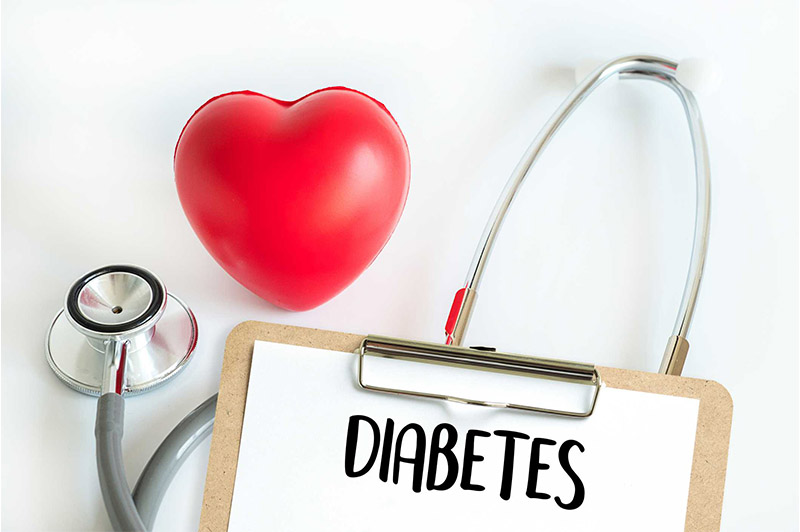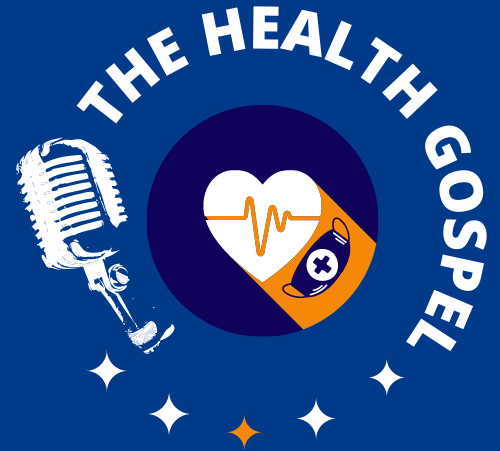
DIABETES MELLITUS SERIES 2
Now you know what diabetes is and what causes it as discussed in series 1. This article will focus on the types of diabetes, what increases your likelihood of having it and how to prevent it. We appreciate your comments in the previous series, please keep it up and feel free to seek clarification concerning the information obtained here.
TYPES OF DIABETES MELLITUS
People who have diabetes have either reduced production of a substance called insulin or reduced response of the body to the action of insulin.
Type 1 DM
Type 1 diabetes mellitus is due to the destruction of the cells that produce insulin. Most cases are a result of autoimmune diseases in which the body destroys itself. It does this by
producing antibodies that destroy the cells that produce insulin. The onset of Type 1 is more common in children and young adults, but it can start at any age.
If you know a child, teenager, or young adult who has diabetes mellitus, it is most likely type 1. However, nowadays type 2 is seen in teenagers and young adults who are obese and
have a family history of type 2 DM.
Type 1 is less common than type 2 and constitutes about 5-10 percent of cases of diabetes.
Type 1 is more common in Caucasians than it is in Africans or blacks. Having sibling(s) or parent(s) who have type 1 DM and being white puts you at risk of developing type 1 DM.
Preventive measures for type 1 DM are not known for now.
Type 2 DM
Type 2 diabetes mellitus results from insulin resistance. In type 2 DM, insulin is produced but the body tissues fail to respond to it. Hence the pancreas produces more and more insulin.
Eventually, insulin production begins to reduce in type 2 DM as well. The onset of type 2 DM was exclusively in adults in the past but it can start in children, teenagers, and young adults
who have risk factors for type 2 DM.
The disease may manifest earlier due to habits such as
● A sedentary lifestyle and lack of exercise.
● Consumption of large amounts of highly processed foods and drinks,
● Alcohol, and/ or smoking.
● Obesity is also a reason for showing signs of the disease earlier than parents.
Conditions that put an individual at risk of type 2 DM include
1. Prediabetes: This is a condition in which blood sugar levels are higher than normal
but not high enough to be diagnosed as diabetes mellitus. This can eventually
progress to diabetes if lifestyle changes are not started immediately after it is
observed.
2. Having parent(s) or sibling (s ) with type 2 diabetes mellitus.
3. Being up to 45 years and above.
4. Being physically inactive: This describes people who do not have at least 30 minutes
of exercise (a physical activity that increases heart rate) up to 3 times a week.
5. Being overweight.
6. Giving birth to big babies weighing over 4.0kg at birth.
7. Having a history of gestational diabetes
8. Being African
9. Liver disease such as non-alcoholic fatty liver disease is associated with insulin
resistance in the liver and other tissues that take up sugar from the bloodstream.
The onset of Type 2 diabetes can be prevented or at best delayed with changes in diet and
lifestyle habits. These include exercise, losing weight, and eating healthy meals and drinks.
Gestational Diabetes Mellitus
Hormonal changes in pregnancy and weight gain can make your body tissues resistant to
insulin. This results in gestational diabetes which resolves on its own after delivery in most
cases. However, up to 50 percent of persons who had gestational DM will eventually have
type 2 diabetes.
Factors that increase your risk of having diabetes in pregnancy are:
1. Being overweight
2. Having sibling(s) or parent(s) who have type 2 DM.
3. Gestational diabetes in a previous pregnancy
4. Giving birth to big babies with a birth weight of over 4kg.
5. Being African.
6. Polycystic Ovarian Syndrome (PCOS): A hormonal disorder characterized by insulin resistance amongst other symptoms.
Having gestational diabetes increases your baby’s risk of childhood/ teenage obesity.
If you do not start involving the child in exercise with dietary control, the risk of type 2 diabetes by early adulthood is high.
You can get your child to be active by encouraging them to pick a sport they like and ensure
they go play that sport at least 3 times weekly. They need to choose a sport that will increase their heart rate while playing it, not video games.
You can prevent Gestational DM by adhering to lifestyle changes such as healthy eating and
exercise even before getting pregnant. Losing weight if overweight can also help prevent
gestational DM. Avoid foods that are high in sugar, glucose, fructose, and sucrose.





Very insightful. Learning a lot following this series.